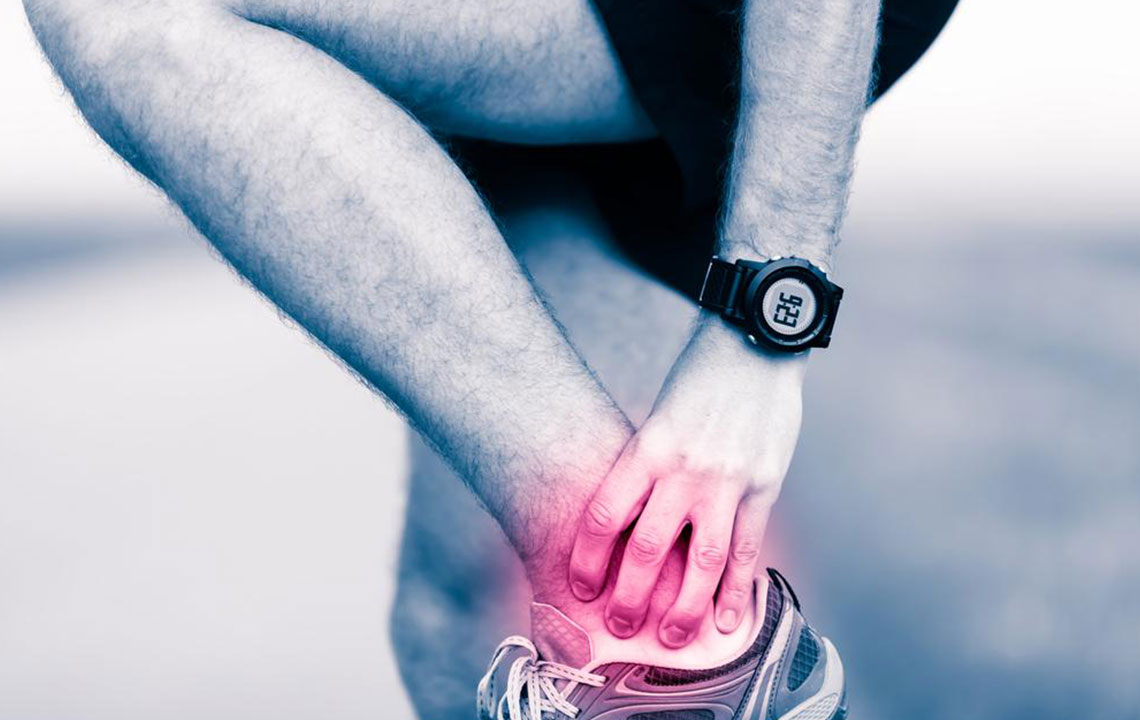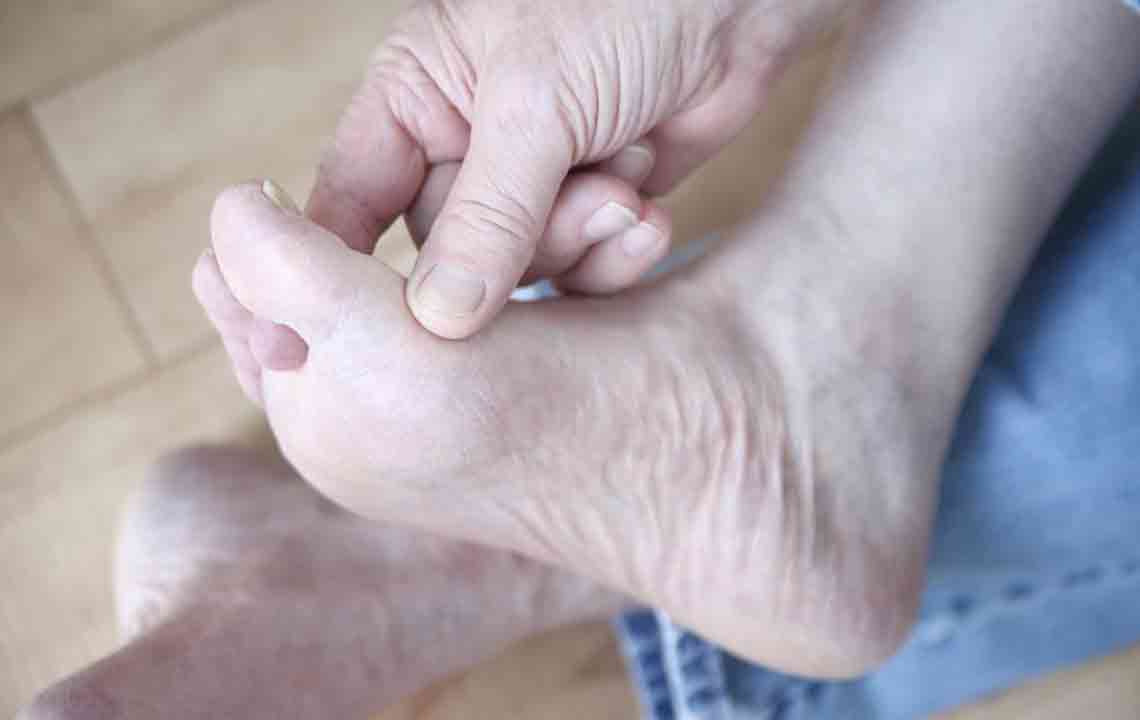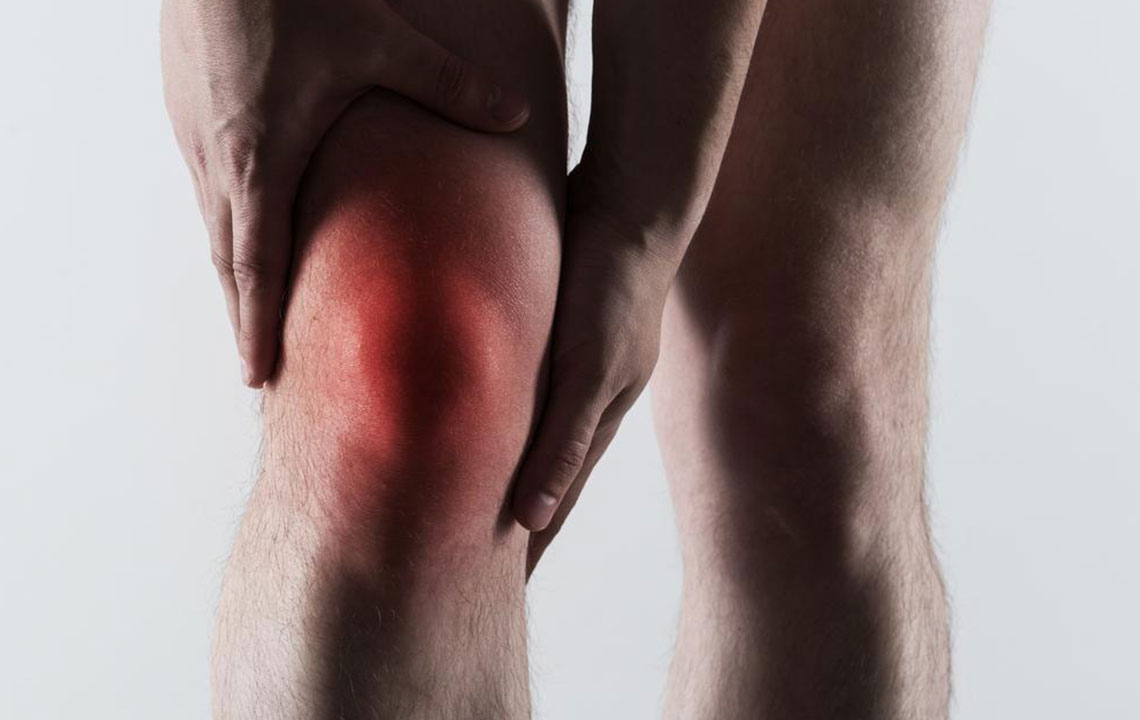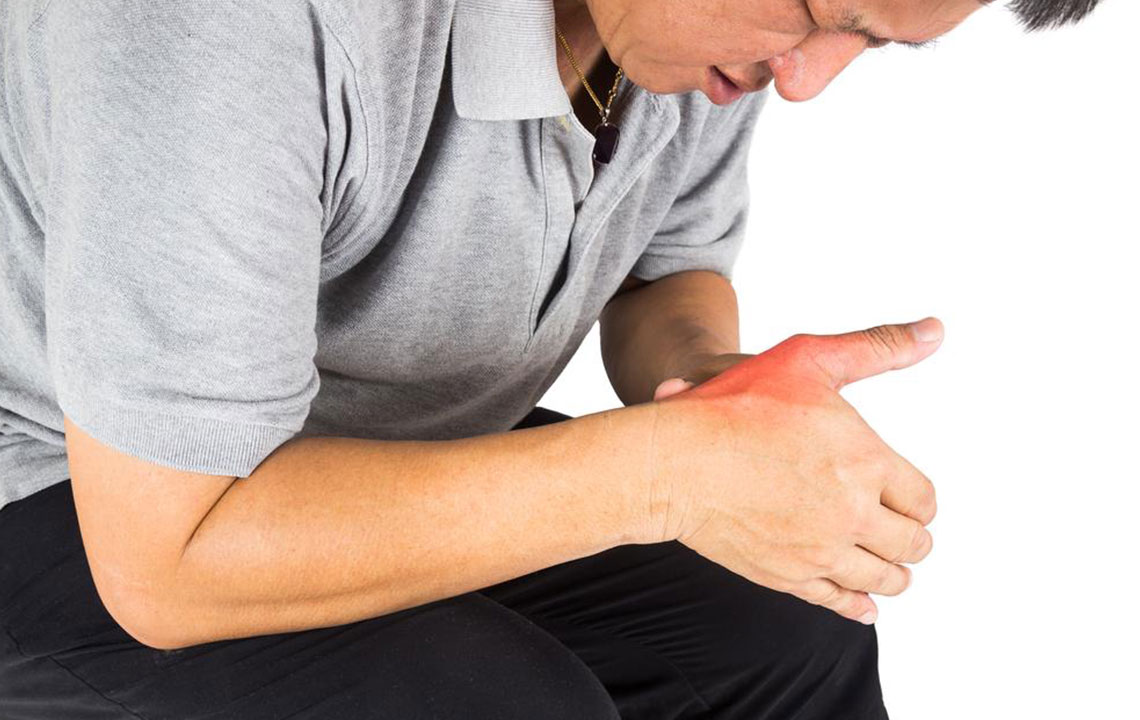Comprehensive Guide to Gout Relief: Effective Treatment and Management Strategies
This in-depth guide offers comprehensive strategies for managing gout, including immediate relief techniques, natural remedies, lifestyle changes, and long-term treatment options, helping sufferers reduce pain and prevent future attacks. Learn key tips to control uric acid levels, alleviate symptoms, and improve quality of life with expert-approved advice and natural solutions.

Comprehensive Guide to Gout Relief: Effective Treatment and Management Strategies
Gout is a complex form of inflammatory arthritis characterized by sudden, severe pain in the joints, often affecting the big toe, ankles, knees, wrists, and fingers. This painful condition results from elevated levels of uric acid in the blood, which leads to the formation of sharp urate crystals within joints. These crystals trigger intense inflammation, causing redness, swelling, warmth, tenderness, and excruciating pain. Gout can significantly impact quality of life if not properly managed, but understanding effective strategies can help alleviate symptoms and prevent future attacks.
In this comprehensive guide, we explore various treatment options, from immediate relief methods to long-term management tactics, empowering individuals with gout to take control of their condition and improve their wellbeing. Whether you’re just experiencing your first gout attack or seeking ways to better control recurrent episodes, reading on will provide you with valuable insights and practical advice.
Understanding Gout and Its Causes
Gout develops when uric acid — a natural waste product formed during the breakdown of purines found in certain foods and drinks — accumulates excessively in the bloodstream. Normally, uric acid is dissolved in the blood and eliminated via the kidneys through urine. However, when the body produces too much uric acid or the kidneys excrete too little, uric acid levels rise, leading to hyperuricemia.
Over time, excess uric acid forms needle-like crystals that deposit in joints and surrounding tissues. Factors contributing to gout include genetic predisposition, dietary habits, obesity, dehydration, certain medications, and underlying health conditions like hypertension or kidney disease. Recognizing these risks can help in preventing and managing gout effectively.
Immediate Relief Options for Gout Attacks
When gout flares occur, rapid intervention is essential to reduce pain and inflammation. Several immediate relief strategies can be employed to alleviate discomfort and control symptoms, often combined with medical guidance for optimal results.
Homeopathic Remedies for Gout Relief
Homeopathy offers natural, holistic solutions without the side effects associated with some pharmaceutical options. Many patients find these remedies beneficial for quick symptom relief, especially when used under the supervision of a qualified homeopathic practitioner. Some of the most commonly recommended remedies include:
Aconite: Particularly effective for sudden-onset gout symptoms, especially when pain begins abruptly and is accompanied by a feeling of restlessness. It’s often recommended in the early stages of a gout attack affecting the feet.
Belladonna: Known for reducing inflammation, redness, warmth, and significant pain during gout episodes. It’s useful when symptoms involve intense throbbing sensation.
Additional remedies: Other options like Bryonia, Calcarea Fluorica, and Urtica Urens can be incorporated based on individual symptom profiles and severity.
Utilizing homeopathic solutions requires proper diagnosis and guidance to ensure the remedies match your specific symptoms, making them a safe adjunct or alternative to conventional treatments.
At-Home Natural Remedies to Accelerate Gout Recovery
Besides homeopathic medicine, several natural remedies can assist in easing gout pain during acute attacks. Incorporating these into your routine, with medical advice, can enhance relief and promote healing:
Elm Leaf Tea: Traditionally used for its anti-inflammatory properties, applying elm leaf tea topically or drinking it can help soothe affected joints and reduce pain.
Ginger: Known for its potent anti-inflammatory effects, ginger can be consumed fresh, brewed as tea, or applied as a paste directly to inflamed joints. Its natural compounds, such as gingerols, help reduce swelling and pain.
Apple Cider Vinegar (ACV): A popular remedy involves mixing a tablespoon of raw, unfiltered ACV in a glass of water and drinking it daily. This can help lower uric acid levels and alleviate gout symptoms over time.
These natural ingredients are generally safe when used appropriately, but consulting your healthcare provider before adopting them is advisable, especially for persistent or severe attacks.
Managing and Preventing Future Gout Attacks
While immediate relief is critical during gout attacks, adopting long-term management strategies can significantly reduce the frequency and severity of future episodes. Here are practical tips and medical approaches to keep gout under control:
Use Over-the-Counter (OTC) Pain Relievers: Non-prescription medications like ibuprofen, naproxen, or acetaminophen can help manage pain during attacks. Note that aspirin should be avoided as it can elevate uric acid levels and worsen symptoms.
Apply Cold Compresses: Using an ice pack or a bag of frozen peas wrapped in a cloth on the affected joint for 20 to 30 minutes several times a day helps reduce swelling and numbs pain sensations.
Stay Hydrated: Adequate hydration is crucial in flushing out excess uric acid. Aim to drink 8-16 cups of fluids daily, emphasizing water intake. Proper hydration can decrease attack frequency and prevent kidney stones associated with gout.
Limit Alcohol Consumption: Alcohol, specifically beer and spirits, can increase uric acid levels and dehydration, aggravating gout symptoms. It is best to avoid alcohol during gout flares and limit intake during remission periods.
Wear Loose, Comfortable Clothing: Tight-fitting clothes around the affected joints can cause additional pressure and irritation. Opt for loose attire to minimize discomfort.
Elevate the Affected Limb: Raising the painful joint above heart level during rest periods can help reduce swelling and improve circulation, easing pain.
Stress Management: High stress levels can elevate uric acid and increase pain perception. Incorporate relaxation and mindfulness practices such as meditation, deep breathing, or yoga into daily routines.
Dietary Modifications: Reducing consumption of meat, shellfish, organ meats, and high-purine foods can decrease uric acid production. Transitioning towards a plant-based or low-purine diet, under medical guidance, supports long-term control.
Medications for Gout Prevention: For recurrent or severe gout, doctors may prescribe drugs like colchicine, allopurinol, or probenecid. These medications either prevent uric acid formation or enhance its excretion, lowering attack frequency and severity.
Steroid Therapy: In some cases, corticosteroids such as prednisone might be prescribed for quick relief when NSAIDs are contraindicated or ineffective.
Combining lifestyle modifications with appropriate medication can effectively manage gout, reducing pain, joint damage, and improving overall quality of life.
Regular check-ups with healthcare professionals enable tailored treatment plans, ensuring optimal management of this painful condition. Maintaining a proactive approach is vital to living well with gout and preventing debilitating flare-ups.





